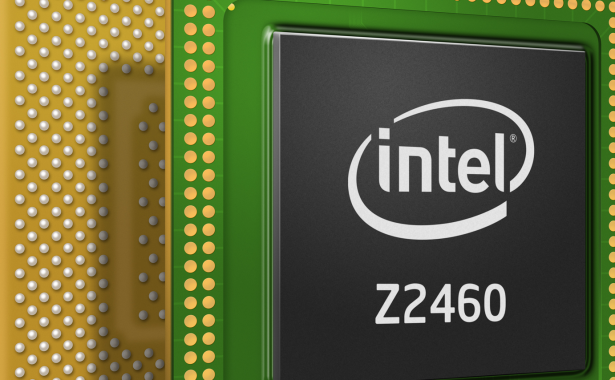It's a funny old time in the crazy world of chip architecture. Not only are companies like Nvidia, Qualcomm and Texas Instruments looking to jump head first into the Windows 8 revolution caused by Microsoft's new baby including support for ARM-based processors, Intel is broadening its x86 horizons with a move into the mobile world, courtesy of its recently announced Medfield platform.
But Laurence Bryant, director of Mobile Solutions at ARM, has said that the Californian silicon giant may be a little too late to the party and will be playing catch-up for a while.
"I think they are coming in at the moment because it's the market to be in, but what they are offering is one to two generations behind," Bryant told us at a briefing at Mobile World Congress.
"It's going to be interesting to see how the dynamics play out because, clearly, the bigger mobile market is the place to be in the industry right now," he added. "It's natural that Intel wants to be in this space because it is the place to be, it is the place where the consumer focus is."
Bryant said ARM vendors held the mobile initiative because of the flexibility of its architecture and the fact that it doesn't play into a "one size fits all" model.
"We've got 290 semiconductor vendors licensing our technology and they are all putting it together and addressing the market needs with specific solutions for certain price points and special characteristics that bring their own intellectual property and their own knowledge added on top," he said.
He pointed out that, across the various platforms in which ARM operates (iOS, Android, Windows Phone and more), there had been 37 billion apps downloaded, 1 billion ebooks downloaded and that there is a choice of more than a million apps. "It's all about this great ecosystem built around one architecture that drives us forward as an industry," he said.
But what about ARM's attempt to upset the Intel apple-cart by entering the Windows world? Bryant, again, said that its success would come as a result of the flexibility of ARM's platform.
"We've got this scalable architecture and that's what is fundamentally great about the ARM platform," he said. "We can take a solution from a smartphone and deliver that same always-on, always-connected experience to new form factors and computing environments.
"That's naturally why we're in that space today and we're really excited as to what Windows on ARM will mean because I think we can create some really exciting devices."
The chip-wars are in full swing, it seems, and there are battles on all fronts. It will be fascinating to see what platforms prevail and which architectures make their respective hops with the most success...

